There's a new eye in the sky bringing Wildcat to the fight
)
As the modernisation of the British Army under Future Soldier accelerates, readiness to deploy and fighting to win means becoming more lethal, more agile and expeditionary, whilst increasing resilience.
Developing the digitalisation of the battlefield will reinforce the combat credibility of the Army, and one of those capabilities currently being trialled is the tactical data link (TDL). The TDL, a joint project by the Army and the Royal Navy consisting of two separate but mutually reinforcing data links - Link 16 and Bowman Data - will share battlefield data more effectively to neutralise targets at speed.
Fitted to the Wildcat helicopter it will increase the potency of the Wildcat in its role as a reconnaissance platform; A more lethal ‘eye in the sky'.
Colonel Oliver Stead of 1st Aviation Brigade Combat Team, explains how this will work:
“What this project is seeking to do is link a battlefield reconnaissance helicopter into the Bowman Data Network, which means we’ll be able to share digital information about the positions of the enemy.
“What that will mean is that a Wildcat will be out in a tactical position, it will identify an enemy vehicle or location, and will be able to transmit that over the Bowman network.
“The goal is to tie it into the artillery fire control system so they can then prosecute the target or to send it to other users who would do that.”
He added:
“When combined with the Army’s latest Attack Helicopter, the AH-64E, it will significantly enhance the Army’s Attack Reconnaissance Teams by reducing the time it takes to pass targeting information around the battlespace and thus increase the speed at which the Apache’s firepower can be brought to bear.”
The TDL digital connection will complement the world-class sensor suite already fitted to the Wildcat aircraft and reduce the reliance on voice communications that can be prone to errors or take time. It will significantly increase the helicopter’s ability to operate within wider digitised networks and enhance cohesive working throughout the Army and with allies and coalition partners in the Air, Land, and Maritime space.
On the most recent experimental flight over Salisbury Plain Training Area, during Exercise Wessex Storm, the Wildcat provided critical information to the Battlegroup Headquarters that was planning and executing their fire missions - the assignment of a specific target usually including orders as to when to fire and the amount of ammunition to be used.
If the continued trials are successful, it will be the first time Bowman Data will have been integrated into any battlefield helicopter and highlights the importance of long-term collaboration between the MOD and expert industry partners.
Colonel Oliver Stead:
“I think it’s a great example of innovation and how we’re working with industry to deliver some of these capabilities, and in particular this project will provide an aviation Brigade Combat Team that is ready to meet the challenges of the future.”
The flight trials will conclude towards the end of the year when the Army and the Navy will assess the performance of the data links, with a decision to roll out the TDL across the whole Wildcat fleet.
